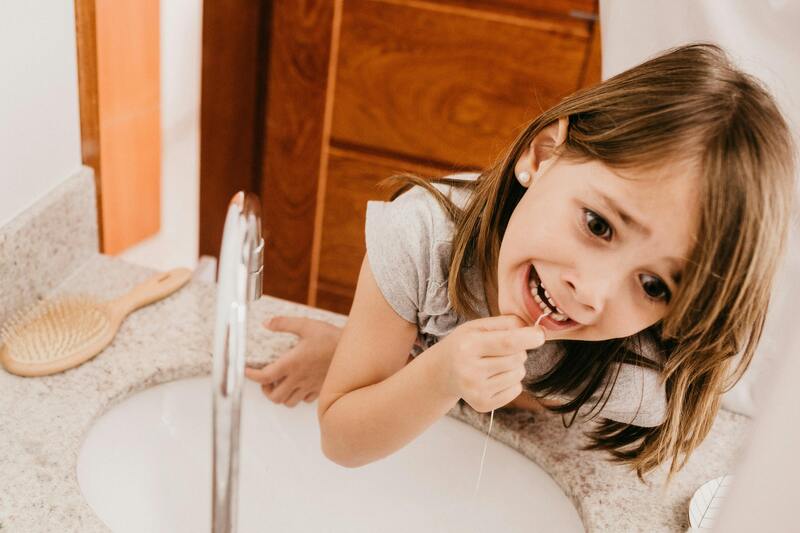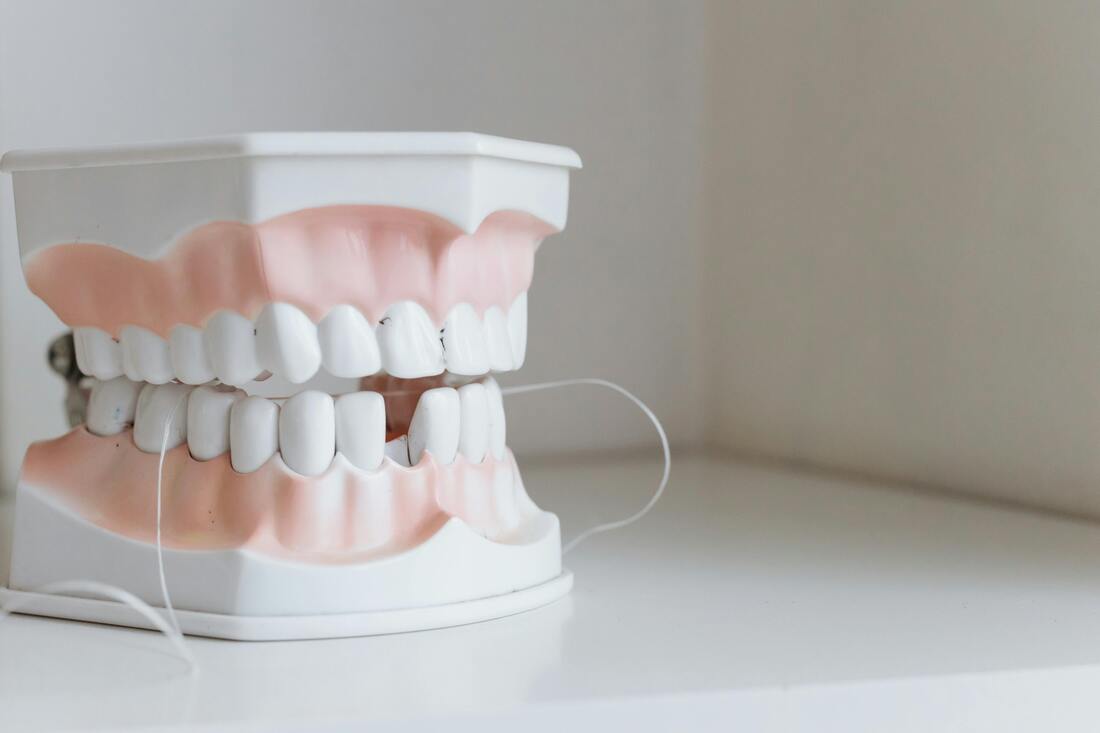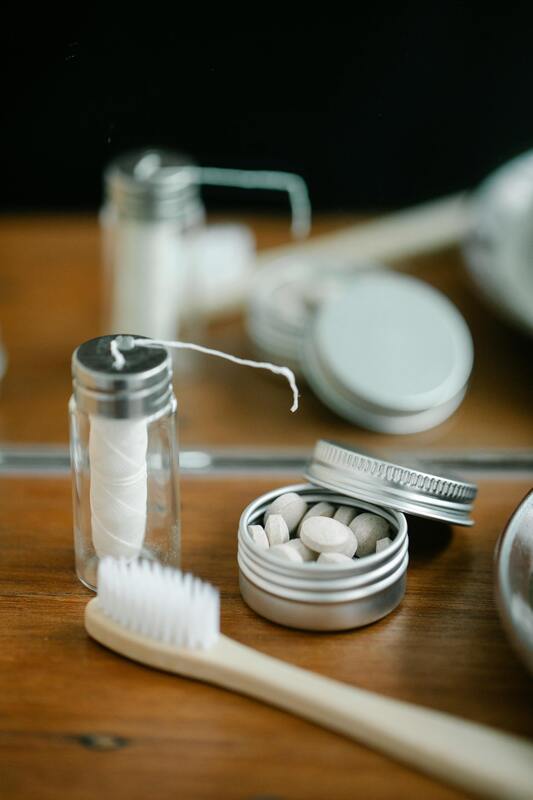Dental floss is a thin, flexible piece of cord (usually made of nylon or Teflon) used to remove food particles and plaque from between teeth where toothbrushes can’t reach. Flossing is a critical part of oral hygiene, helping prevent:
- Cavities
- Gum disease (gingivitis and periodontitis)
- Bad breath (halitosis)
- Plaque and tartar buildup
|
🧵 Types of Dental Floss
|
How to Floss Properly (Step-by-Step)
👶 Flossing for Kids
😬 Flossing with Braces or Dental Work
|
⏱️ How Often Should You Floss?
🔁 Flossing Alternatives
- Once daily is recommended — usually before brushing at night.
- Flossing more than once daily is okay but shouldn’t be too aggressive to avoid gum damage.
🔁 Flossing Alternatives
- Interdental Brushes: Small, bristled brushes that fit between teeth.
- Soft Picks: Flexible, rubber-like toothpicks.
- Water Flossers (Oral Irrigators): Devices that shoot a stream of water to remove debris.
- Air Flossers: Use bursts of air and microdroplets to clean between teeth.
- Toothpicks: Useful in a pinch, but not a substitute for flossing.
🚫 Common Mistakes
✅ Benefits of Flossing
🧪 Scientific Support
🗃️ Storage and Hygiene Tips
- Snapping the floss into gums.
- Flossing too quickly or roughly.
- Using the same section of floss for multiple teeth.
- Skipping flossing because gums bleed (bleeding is a sign you need to floss more, not less!).
✅ Benefits of Flossing
- Removes plaque where brushing can’t reach.
- Reduces risk of gum inflammation and cavities.
- Promotes healthier gums and fresher breath.
- Can help prevent systemic diseases linked to oral bacteria (e.g., heart disease, diabetes complications).
🧪 Scientific Support
- ADA (American Dental Association) and other dental bodies globally support daily flossing.
- Clinical studies confirm that flossing, when done properly, reduces gingivitis and plaque.
🗃️ Storage and Hygiene Tips
- Store in a clean, dry place.
- Keep floss containers closed to avoid contamination.
- Do not reuse dental floss.



